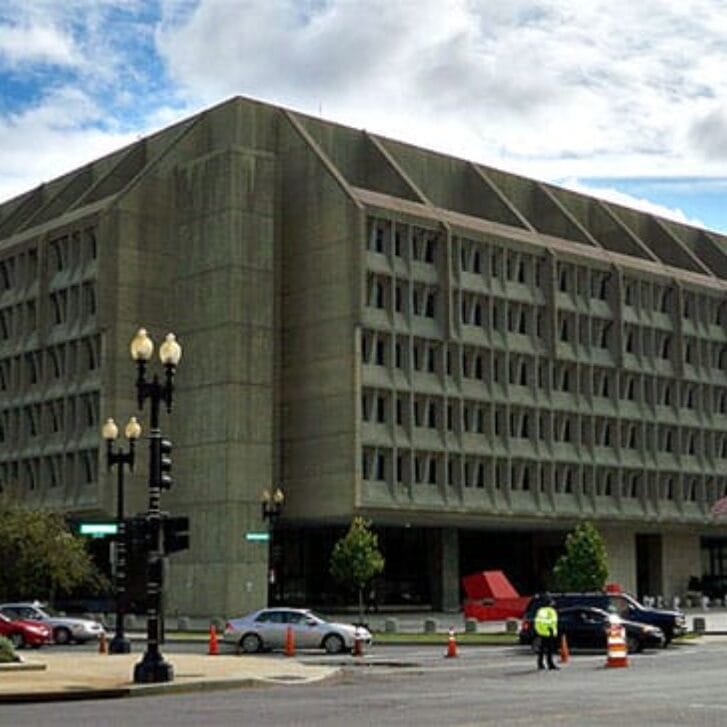A recent policy perspective on medical payment models was published in the New England Journal of Medicine by Secretary of Health And Human Services Sylvia Burwell about setting value-based payment goals by Medicare. These goals include having at least 30 percent of Medicare (CMS) payments provided through such mechanisms as accountable care organizations (ACOs) and bundled episodes of care by 2016 and 50 percent by 2018.
What I am having a lot of difficulty with is how fast and aggressive CMS has been in setting these goals. I attended a recent Academy Health meeting in early February in Washington, D.C, where payment reform was discussed by Professors Michael Chernew and Michael McWilliams from Harvard and Peter Hussey from the RAND Corp. All three are nationally regarded experts on payment reform. What I heard from this panel was not terribly encouraging.
A bundled payment demonstration that took place from 2010-2013 in California (by the Integrated Health Association) was not successful. The hospitals that enrolled in this demonstration only enrolled 35 patients over a three-year period. Participants reported that the demonstration was very complex. It was too much work, and there was a lack of technical infrastructure and a lack of trust between parties.
Bundled episodes for care are a derivative of the diagnostic related group (DRGs) that has been in place by Medicare since 1983. DRGs are essentially bundled payments for the hospital portion of a patient’s stay and are acute in nature. Under bundled episodes of care, services by hospitals and physicians are extended past this period of hospital stay in caring for a patient and can include physician care, hospital care, nursing home care, post-hospital discharge and home care.
As for ACOs, the way in which they have been configured has created issues—with an end result that ACOs have not been successful, according to the participants at the Academy Health meeting. The recommendations made during this session were that patients need to be kept in the ACO for the entire year and that the risk needed to be two-sided with Medicare and the providers taking on the risk. The end result of their findings was that we need better data from these demonstrations and that payment models will take time before they are fully baked.
Accountable care organizations are full-risk or risk-shared arrangements in which the health care provider is on the hook for the cost of care provided to a set group of Medicare enrollees. In other words, if the at the end of a period of time—one year, for example—the cost for care is less than the yearly budgeted amount, then the provider keeps the difference or the profit. If the cost for care is more than the budgeted amount, the provider is on the hook for the loss.
So where does that leave us? Are taxpayers going to be spending all this money on a payment reform that may not work? Stay tuned. Medicare may have a recipe that needs to be in the oven a bit longer.


























